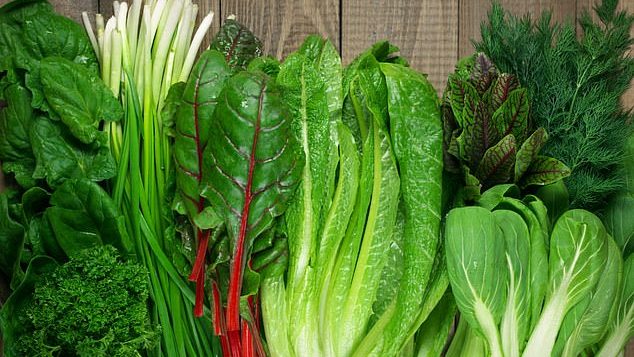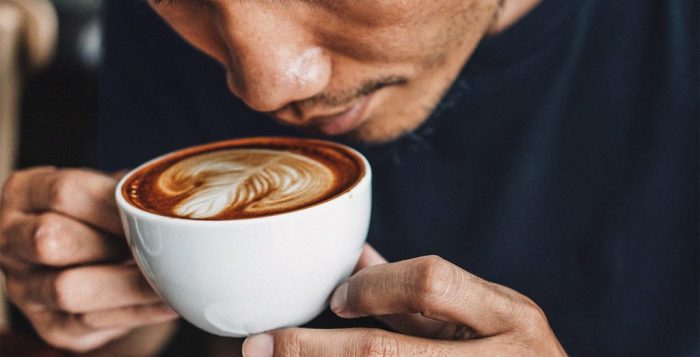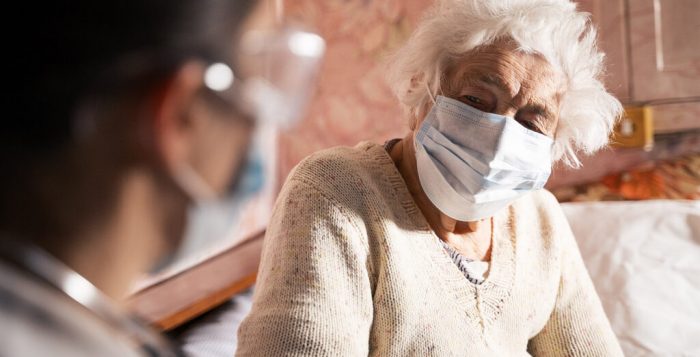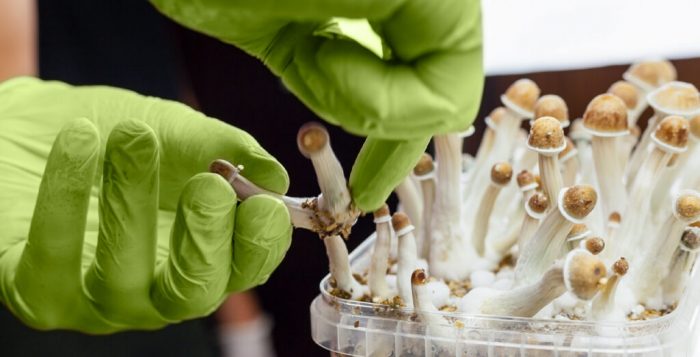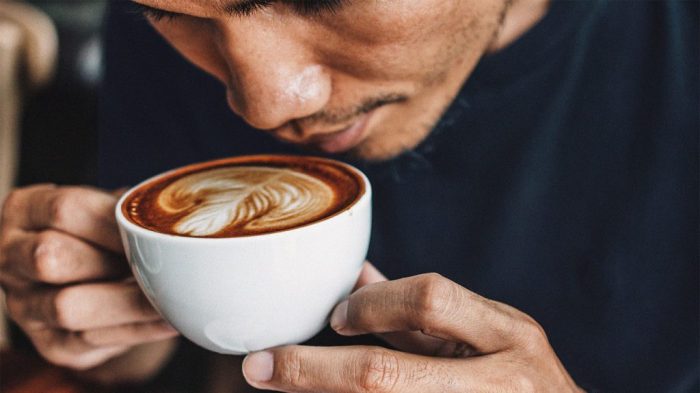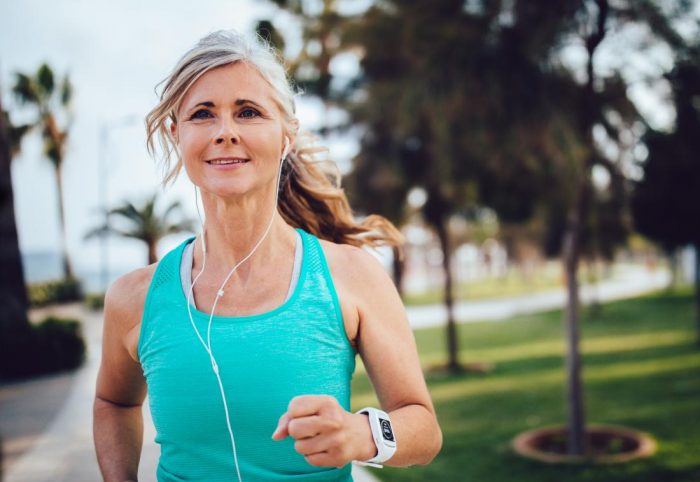People who wish to look after their heart health are aware that regularly eating vegetables is key.
A new study from Edith Cowan University (ECU) in Joondalup, WA, in Australia finds that leafy greens and other vegetables high in nitrates in particular confer significant cardiovascular benefits.
Researchers found that daily consumption of a cup of vegetables rich in nitrates is associated with better heart health.
“Our results have shown that, by simply eating 1 cup of raw (or half a cup of cooked) nitrate-rich vegetables each day, people may be able to significantly reduce their risk of cardiovascular disease.”
– lead author Dr. Catherine Bondonno from ECU’s Institute for Nutrition Research
Green leafy vegetables high in nitrates include spinach, lettuce, arugula (also known as rocket), Chinese cabbage, and parsley. Non-leafy vegetables with strong nitrate content include radishes, fennel, and beet.
The researchers estimate that cooking reduces a vegetable’s nitrate content by about 50%, but that is still enough to promote heart health.
Dr. Bondonno said, “The greatest reduction in risk was for peripheral artery disease — 26% — a type of heart disease characterized by the narrowing of blood vessels of the legs. However,” she added, “we also found people had a lower risk of heart attacks, strokes, and heart failure.”
The authors note that their findings are consistent with four earlier studies.
Worldwide, roughly 17.9 million people die of heart disease each year. In the United States, it is the leading cause of death for “men, women, and people of most racial and ethnic groups,” according to the Centers for Disease Control and Prevention (CDC).
About 655,000 people in the U.S. die of heart disease every year — one out of every four deaths in the country.
The study appears in the European Journal of Epidemiology.
A long-term study
The researchers analyzed 23 years of data for 56,468 residents of Denmark who participated in the Danish Diet, Cancer, and Health Study. All individuals filled out a food frequency questionnaire, and the resulting data was cross-referenced against public health records.
Analysis revealed that people in the highest fifth of intake of vegetable nitrates exhibited a 2.58 mm Hg, or millimeters of mercury, lower systolic blood pressure — which is the first value in a blood pressure reading — compared with those in the lowest intake group (after adjustments for possible confounding differences between the groups).
The higher the nitrate intake, the greater the fall in blood pressure. The top intake group ate an average of 141 milligrams (mg) of nitrate per day. This is equivalent to 2–2.5 cups of leafy vegetables daily.
In contrast, the impact of nitrate intake on hospitalizations across all types of cardiovascular disease (CVD) plateaued at 59 mg per day. It did not increase with further nitrate intake.
Overall, there was a 15% reduction in CVD admissions over the 23 years of follow-up, compared with those with the lowest nitrate intake, which was 23 gm per day. The greatest reduction in risk — at 26% — was seen in hospitalizations for peripheral artery disease.
Speaking to Medical News Today, Dr. Edo Paz of K Health, who was not involved in the research, said he considers the study significant due to its large sample size and lengthy follow-up period.
“However,” he noted, “this is an observational study, and there are some key limitations as a result.” He explained:
“In particular, it is highly likely that people who eat vegetables have other healthy behaviors that are different than those people who do not eat vegetables. For instance, these participants may be more likely to maintain a healthy weight, exercise more, smoke less, etc. Even though the authors try to account for these variables, this is still a key limitation inherent to observational studies in general.” – Dr. Edo Paz
Just a cup
The study suggests that the equivalent of a cup of raw or half a cup of cooked green leafy vegetables of this kind a day is just about the right amount for long-term heart health. “We did not see further benefits in people who ate higher levels of nitrate-rich vegetables,” said Dr. Bondonno.
“People don’t need to be taking supplements to boost their nitrate levels,” Dr. Bondonno said, “because the study showed that one cup of leafy green vegetables each day is enough to reap the benefits for heart disease.“
Dr. Paz told MNT: “It’s important to remember that everything should be eaten or consumed in moderation. If extreme amounts of nitrate are ingested, it could lead to methemoglobinemia, which is a condition in which red blood cells have reduced ability to carry oxygen.”
“Fortunately, methemoglobinemia is relatively rare and is more commonly caused by nitrate contamination of drinking water.”
Dr. Bondonno does not recommend juicing vegetables if you want to enjoy the optimal nitrate benefit, since juicing removes pulp and fiber.
On the other hand, blending vegetables is fine. She recommends including a cup of spinach in a berry smoothie as an easy, enjoyable way for people to consume their vegetables.

